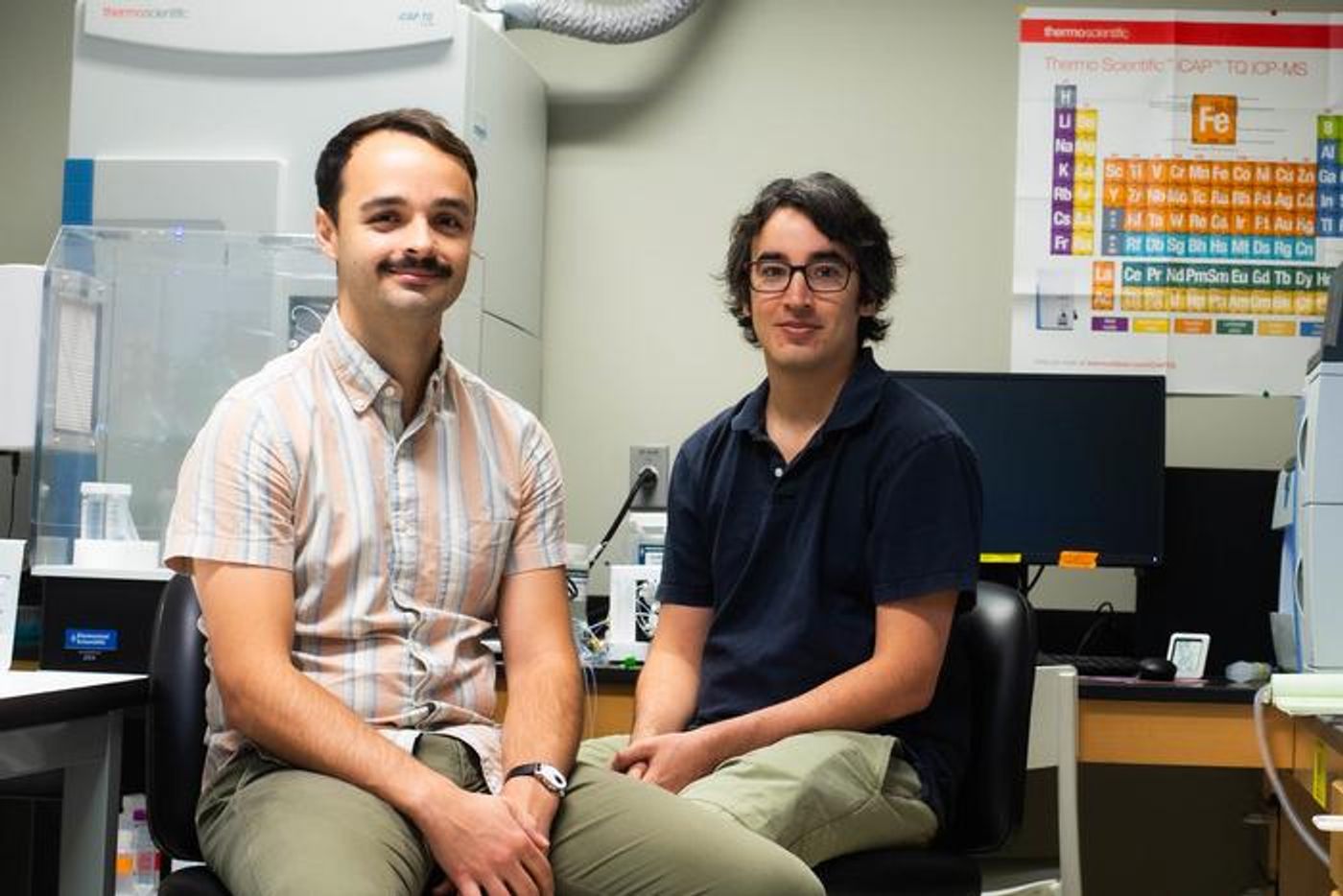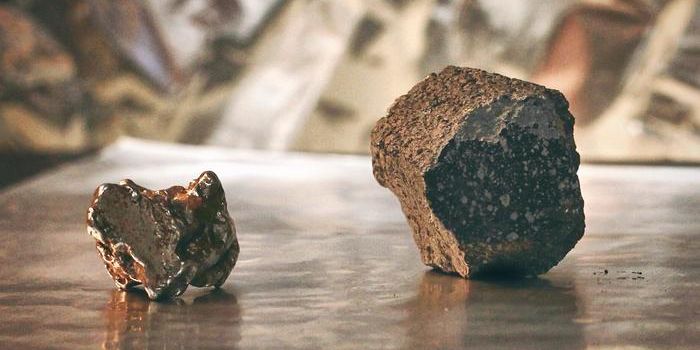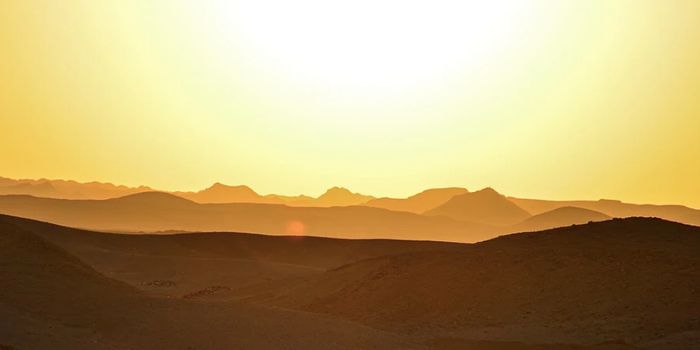Unlocking Earth's Hidden Carbon Vault: Investigating Soil's Role in Carbon Storage
The Department of Energy recently awarded a 3-year research grant to an assistant professor and a postdoctoral fellow at Rice University to investigate how soil can be used as carbon storage, which could be used as a natural form of carbon capture. This study builds upon previous research regarding how clay can be used for carbon storage and holds the potential to help scientists better understand natural carbon capture methods to help mitigate the impacts of climate change.
Dr. Mark Torres and Dr. Evan Ramos, who were recently awarded a grant from the Department of Energy to investigate soil carbon capture potential. (Credit: Gustavo Raskosky/Rice University)
“Soil on Earth contains three times more carbon than the atmosphere,” said Dr. Evan Ramos, who is a postdoctoral fellow in the lab of Dr. Mark Torres, both of whom were awarded the grant. “We want to understand the mechanisms that allow for organic carbon to be stabilized and remain in soil over a wide range of timescales, from the human to the geological.”
As part of their research, the duo will produce a model to quantify the respective processes between organic carbon storage and clay mineral formation within soil by collecting and analyzing samples from the East River watershed in Colorado. Through this, they hope their model will help improve atmospheric carbon dioxide variability predictions in the future, including helping with establishing better methods for a carbon market economy, as well.
“We want to know when and how clay minerals form because they’re these big, platy, flat minerals with a high surface area that basically shield the organic carbon in the soil,” said Dr. Ramos. “We think they protect that organic carbon from breakdown and allow it to grow in abundance.”
The practice of carbon storage, also known as carbon sequestration, has become increasingly important in ongoing efforts to mitigate the impacts of climate change throughout the world. While several companies continue to develop appropriate carbon storage technologies, this new research could help provide greater insight into natural carbon storage processes.
What new discoveries will researchers make about soil carbon storage in the coming years and decades? Only time will tell, and this is why we science!
As always, keep doing science & keep looking up!
Sources: EurekAlert!, Wikipedia, National Geographic, United Nations Development Programme









